GameChangers
A Helping Hand
Bob Gehman transformed a homeless shelter into a cutting-edge residential addiction recovery program.
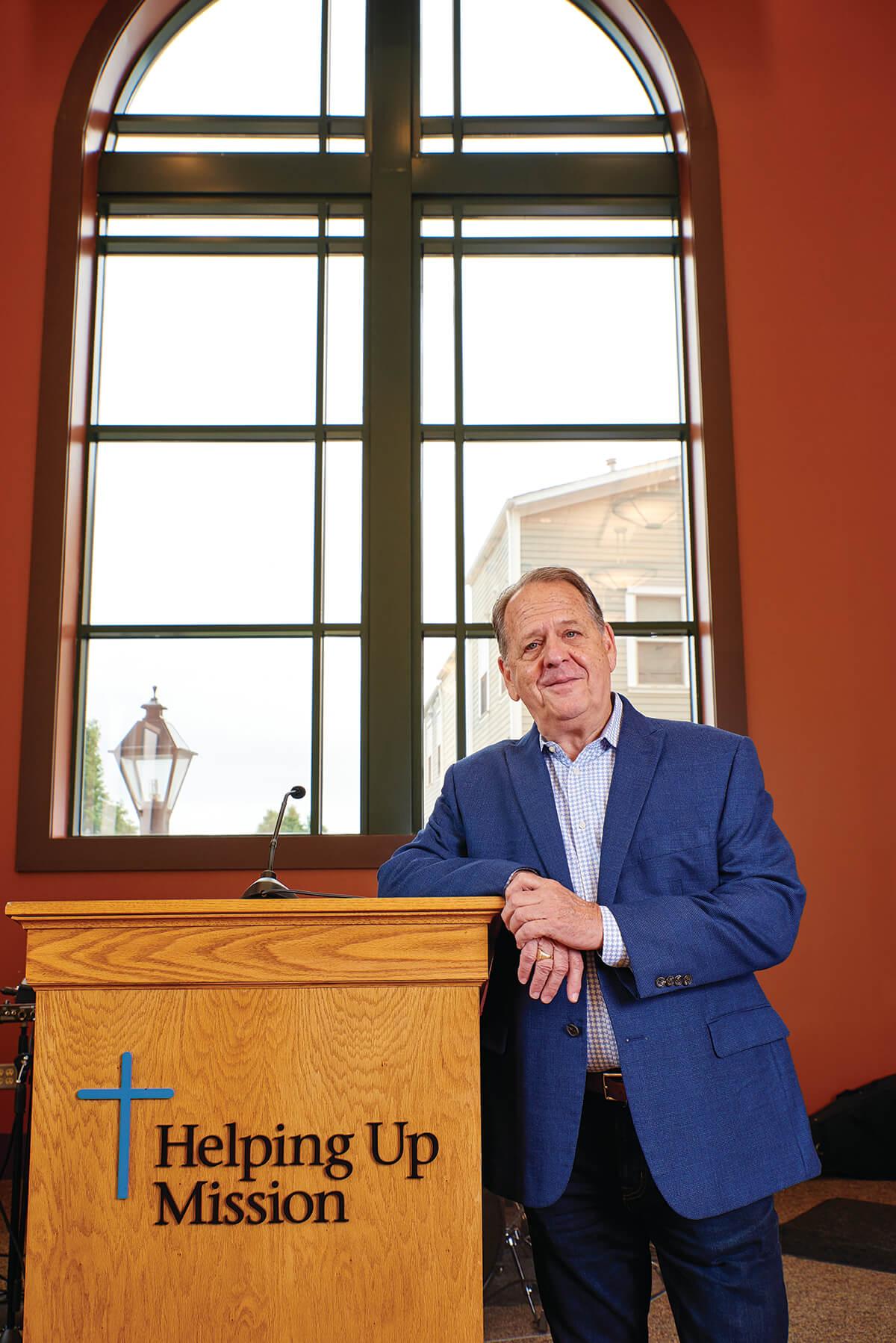
In a soaring chapel space, a men’s choir sings two resounding songs to the beat of a band. It’s a diverse group—old, young, African American, white, some looking dapper in button-downs, others in T-shirts revealing sleeve tattoos. What joins them together is that they sing with heart, like their lives depend on it. And, in a way, they do.
The non-denominational chapel is located at the Helping Up Mission (HUM) in East Baltimore, and the choir singers are just some of the participants in HUM’s yearlong, 12-step-based, spiritual recovery program (SRP). It is the largest residential recovery program in Maryland, serving 400-plus men and women a day in their quest to overcome homelessness, alcoholism, drug addiction, and mental-health challenges.
Since its inception, the program has graduated more than 2,000 men and women. The recovery program is free to anyone committed to overcoming addiction, with the cost (like the entire annual operating budget) covered by donors.
After the choir performs, Bob Gehman, HUM’s CEO, steps to the podium and gives a heartfelt speech. He does this every Friday at the weekly chapel service, where participants are also recognized for completing the four phases of the yearlong program, as well as for special accomplishments, like earning a GED. If Gehman sounds a bit like a preacher, that’s no coincidence: He began his career as a Baptist minister before moving into fundraising, which is how he initially came to HUM.
“When I came in 1994, this was an emergency overnight shelter,” Gehman explains. “The mission was to provide hope to the homeless, but we weren’t getting anyone out of the cycle. Chemical addiction and mental health were the two main issues and we realized if we didn’t address those, we weren’t going to break the cycle.”
HUM has been around since 1885 and although it still maintains an overnight emergency shelter that currently accommodates 40 men (the number slimmed down from 60 due to the pandemic), the SRP is the organization’s flagship program. What began as a three-month program grew to six months and finally into the one-year program it is today. Similarly, the group’s space grew from one building to four. Gehman explains that the fact that the program is yearlong is key to its success.
“The average addiction period here is 23 years. The average age is 40,” he says. “It takes a while to change 23 years of bad habits and get the tools you need to change.”
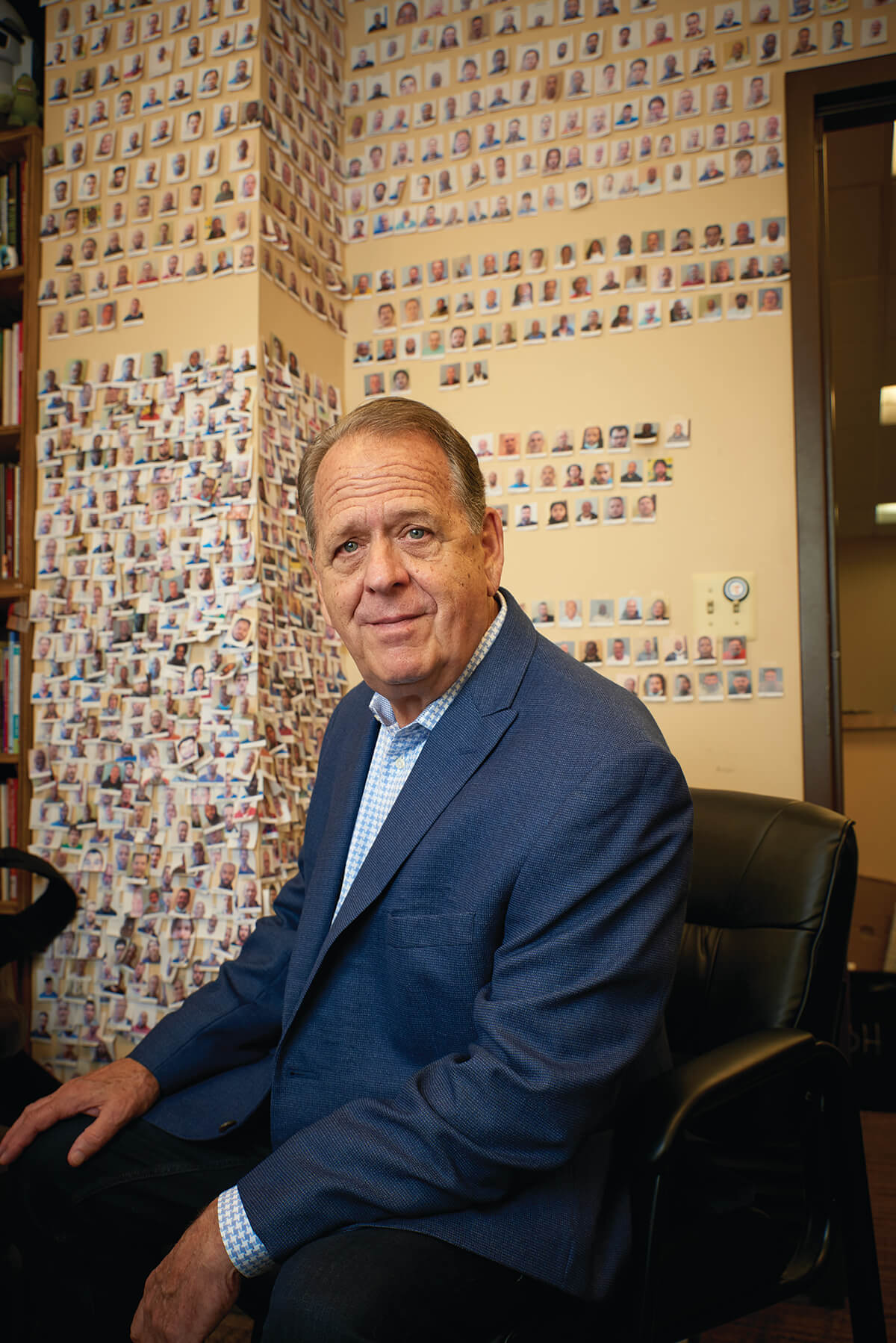
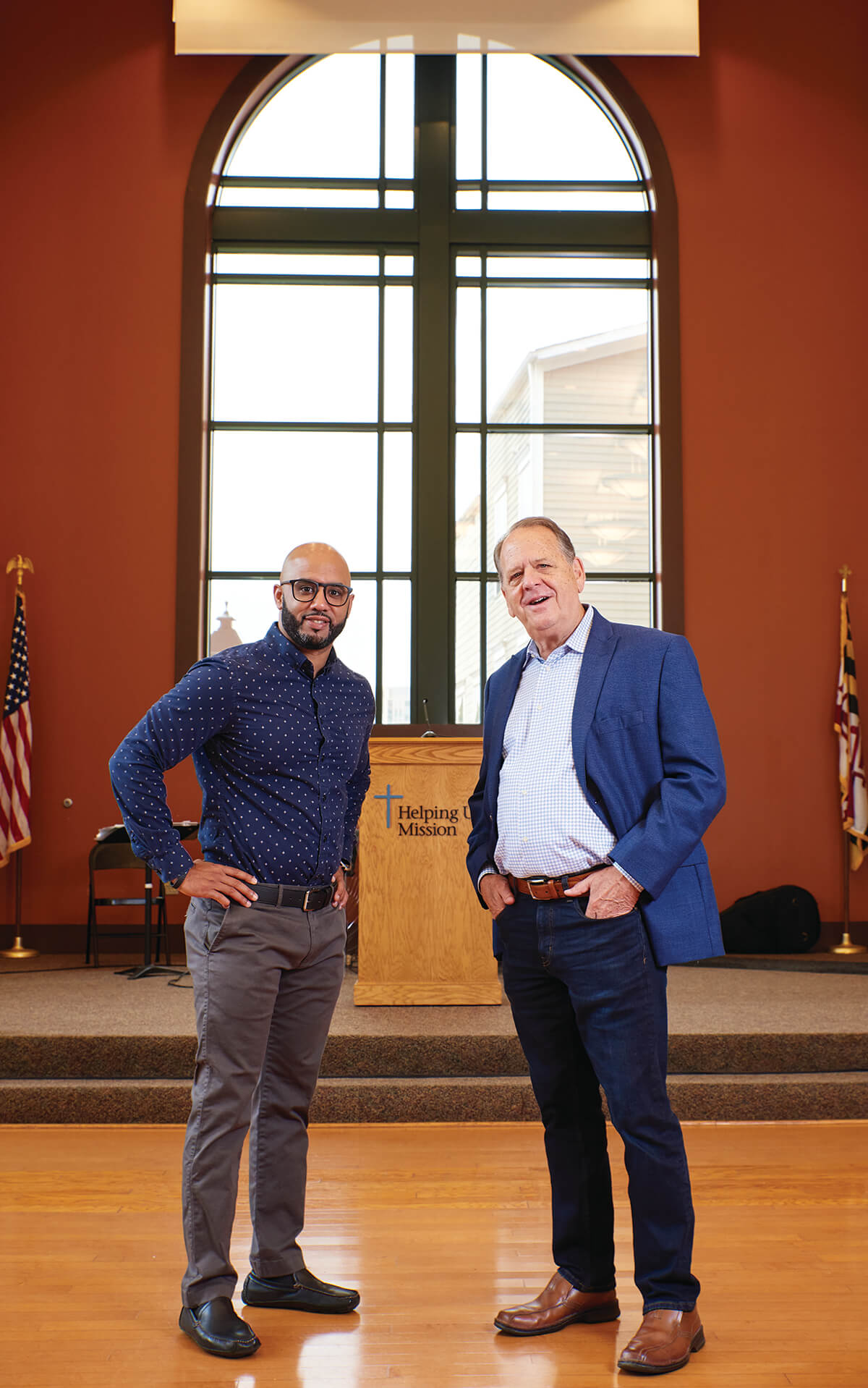
The program is broken into four phases. HUM’s is an abstinence program, so those in need of detox first go to one of the organization’s medical partners. When they’re ready there’s a blackout period—no cell phone, limited contact with the outside world, and then only family when it’s permitted—to allow time to break away from the people and places that fuel the person’s substance use. Participants also receive a basic wardrobe and toiletries from donations to HUM’s store.
“If you’ve just gotten in off the street, clean clothes and hot soup make you feel human again,” says Michael Cannon, director of philanthropy and a HUM graduate. As they move through the phases, participants gradually reintegrate into society, attending AA meetings outside HUM if they wish, and availing themselves of HUM programs like GED course work or training for a trade. Many participants need help with criminal expungement and are overdue for basic health and dental appointments.
In many ways, HUM’s approach to recovery is part spiritual and part administrative. Like other 12-step programs, HUM relies on “a god of your understanding” to help heal addiction’s wounds.
“In recovery, you need a power higher than yourself and faith provides hope that you can go on another day,” Gehman says. “Without some mechanism to provide hope in the heart, it’s hard to move forward.”
While the spiritual component is important, Gehman is also proud to point out that HUM oversees 8,000 appointments a month, everything from legal counseling and job training to doctor appointments and pastoral care meetings.
Every participant has a badge they can swipe and a computer monitor pulls up their appointments for the day. Scheduling and keeping appointments is essential to recovery as it teaches life skills like accountability and gives participants ownership over their recovery. Similarly, every man participates in 40 hours of work therapy.
Participants do 80 percent of the work at HUM, including sanitation, cooking, laundry—even running the barber shop. In their down time, there’s a gym, a library, an art-therapy studio, and life-enrichment activities like hiking.
After graduation, some participants choose to live in the facility to be in a sober, safe environment. While HUM has some temporary housing, Gehman is currently looking into a solution for providing long-term sober housing for his graduates.
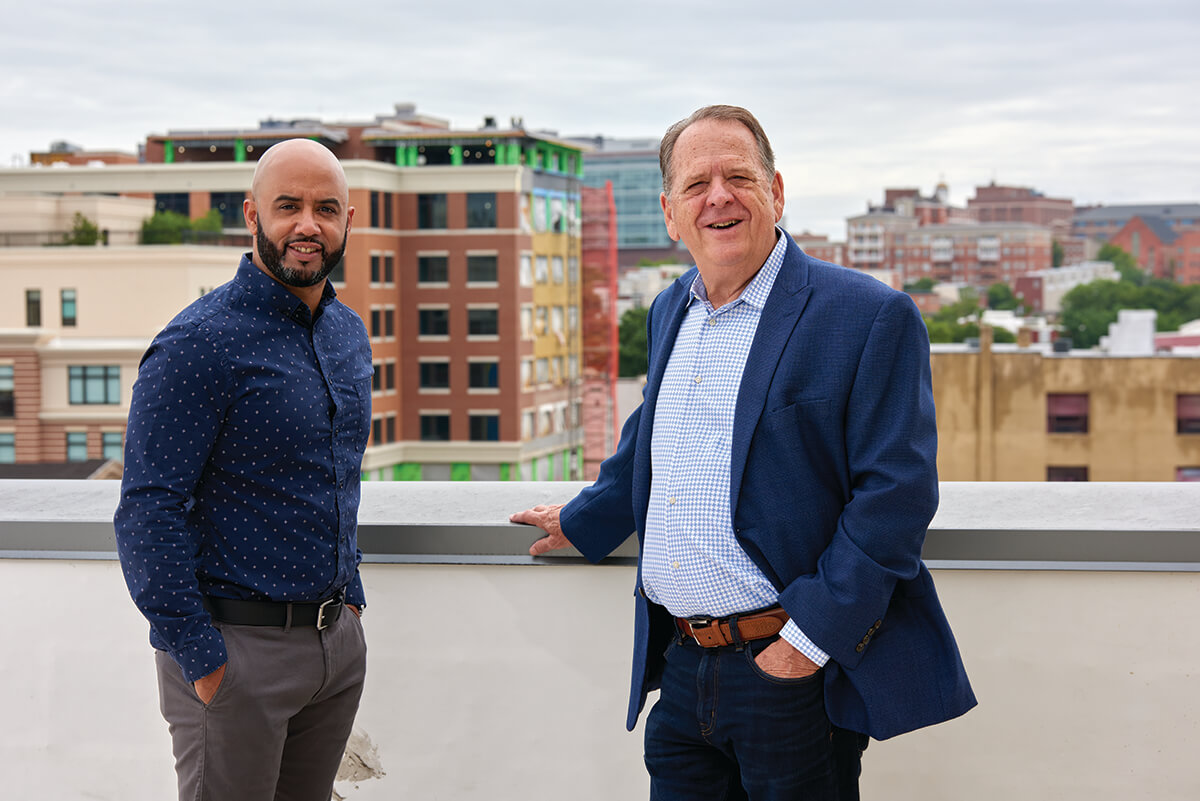
Many HUM participants take jobs at the organization after they graduate. Cannon, 33, went through the program in 2017. He was addicted to heroin and cocaine and was living with his sister in Harford County when one of her friends suggested HUM. He stayed for 14 months, went through a clean period, then relapsed. He returned in 2019, has been clean ever since, and now holds HUM’s philanthropy coordinator position.
“The first time I was here, I had the clean time but I may not have been working on myself,” he says. “This program really gets at the root causes of addiction, even if it’s painful. I learned a lesson the hard way going out. Some guys learn it by dying. The grace of this program is that it lets people come back. They never give up.”
Ramon Crousett just completed the program in 2019. He’s now the Hispanic outreach coordinator. He says that after his own 18-year battle with addiction, the brotherhood at HUM offered a turning point and the length of his stay allowed time to reimagine a new life.
“This is about a lifestyle of recovery,” he explains. “When you stop those behaviors, you have to replace them with something else that is healthy.”
Frank Kelly, III, CEO of Kelly Benefits, has known Gehman for 30 years. Kelly and his wife Gayle are co-chairs of the $61-million campaign to expand HUM’s facilities to include a program for women and children. He says that Gehman’s own faith definitely motivates him in the work and that his personal ex- perience of addiction (Gehman’s former wife is a recovering alcoholic) gives him empathy.
“He has a passion for this work,” says Kelly. “To transition from an overnight shelter to a 12-month, highly successful spiritual recovery program—it’s huge, what he’s done. It’s the best-kept secret in Baltimore.”
Gehman has been at HUM for more than 27 years, but he says he never tires of seeing lives changed for the better. He also likes to say, “If you don’t grow, you gotta go.”
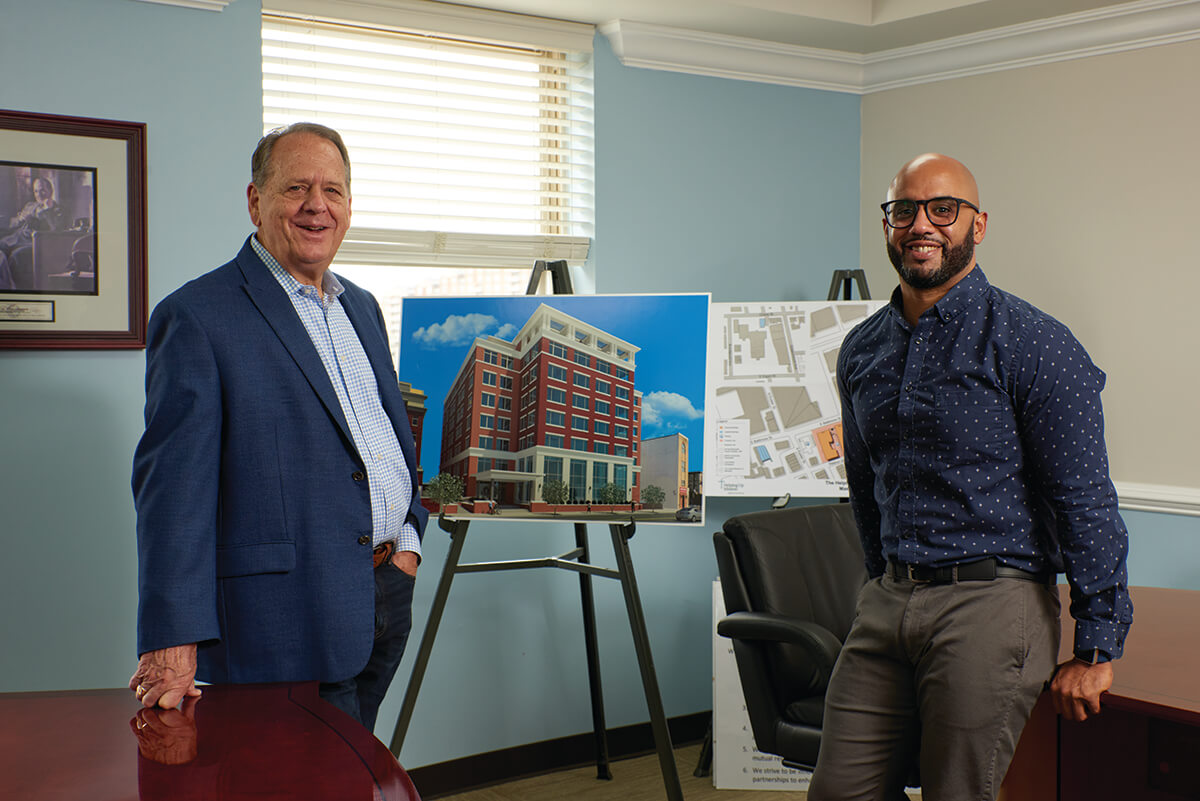
The soon-to-open women’s facility just down the street from HUM’s current location is part of that growth. The seven-story building is designed with a complete medical suite that will be managed by GBMC, a hair and nail salon, a gym, and a workforce development and educational facility.
Understanding that childcare is a large barrier to residential recovery for women, the new building will have not only room for 200 women, but also 50 children. The building has playgrounds and backs to a public park. It plans to open in January 2022.
It’s a remarkable accomplishment, but Gehman isn’t one to bask in his successes—there’s more work to do.
“I’m still growing mentally and spiritually—being here is all about personal growth,” says Gehman. “We’re on the cutting edge of understanding addiction and how to treat it. What keeps me here is the continuing growth and the impact it makes. I see it in the growth of participants, in the staff, in the donors who are still investing in us, and in the overall potential to enlarge this. I never, ever tire of it.”